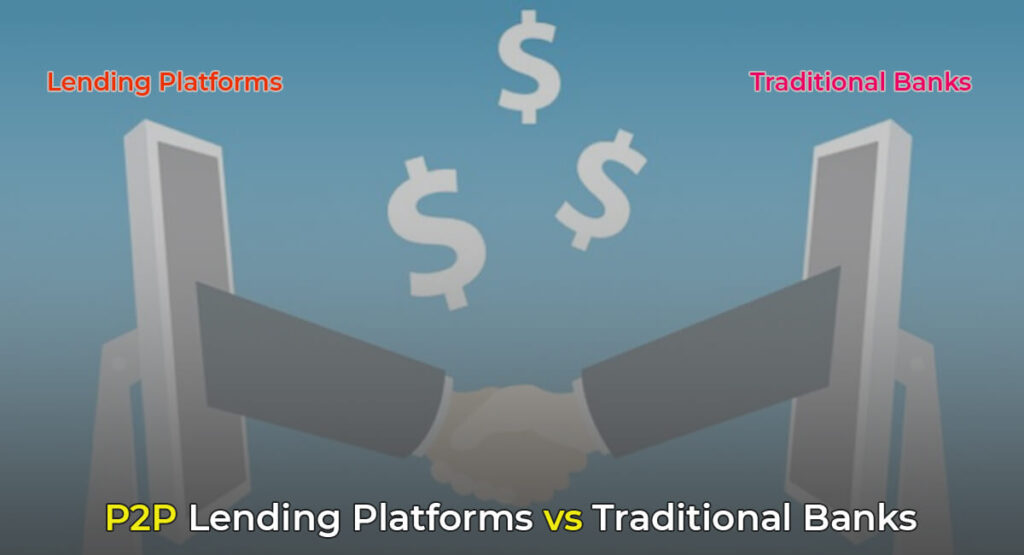What is a P2P platform?
A peer-to-peer (P2P) platform is a type of network or system in which individuals or devices can connect and share resources with one another without the need for a central authority or intermediary. In P2P systems, all participants have the same capabilities and can act as both a client and a server, allowing them to share and access files, computing power, or other resources.
Some examples of P2P systems include file-sharing networks, decentralized cryptocurrency exchanges, and distributed computing systems. In a file-sharing network, users can share and download files directly with one another without the need for a central server to host the files. In a decentralized cryptocurrency exchange, users can trade cryptocurrencies directly with one another without the need for a centralized exchange to facilitate the trades. And in a distributed computing system, individuals can contribute their unused computing power to a shared pool that can be used for tasks such as scientific research or machine learning.
P2P systems are often used because they can be more decentralized, reliable, and resilient than centralized systems. However, it can also have downsides like lack of regulations and security concerns.
What is Traditional Banking?
Traditional banking refers to the system of banking that has been in place for many years, and that is still widely used today. In traditional banking, customers deposit their money into bank accounts, and the bank is responsible for keeping those funds safe and secure. In return, the bank offers various financial services, such as loans, credit cards, and investment options. The bank also maintains records of all transactions and manages the flow of money within the economy.
A traditional bank is typically a brick-and-mortar institution that customers can visit in person to conduct transactions, such as depositing or withdrawing money or getting advice from a bank teller or other representative. They also offer online banking services to allow access to account information, make payments and transfer money.
Banks also have regulatory oversight and obligation to ensure compliance with laws and regulations such as Anti-Money Laundering (AML) and Know Your Customer (KYC) regulations. They also are required to maintain certain capital requirements and are periodically examined by regulatory agencies to ensure the safety and soundness of the institution.
The role of traditional banking is vital in the economy as it creates a stable financial system for people and businesses. They also act as a key intermediary between savers and borrowers, channeling funds from those with surplus money to those in need of it.
P2P Lending Platforms vs Traditional Banks | Which is the better option?
When it comes to borrowing money, people have traditionally turned to banks. However, in recent years, peer-to-peer (P2P) lending platforms have emerged as a viable alternative. But what exactly is the difference between P2P lending and traditional banking, and which option is the better choice? In this article, we’ll take a closer look at the pros and cons of both P2P lending platforms vs traditional banks and help you determine which option is best for your needs.
One of the key differences between P2P lending platforms and traditional banks is the way they operate. Banks are intermediaries that pool money from depositors and then use that money to lend to borrowers. P2P lending platforms, on the other hand, connect borrowers directly with lenders, cutting out the middleman.
This direct connection can have several benefits. For borrowers, P2P lending platforms may offer lower interest rates than traditional banks. This is because P2P platforms have lower overhead costs, resulting in lower interest rates for borrowers. Moreover, P2P platforms have a streamlined application process, simplifying loan approvals for borrowers.
For lenders, P2P lending platforms offer the opportunity to earn higher returns on their money than traditional bank deposits. P2P platforms offer higher interest rates to attract borrowers, resulting in higher returns for lenders.
However, there are also some downsides to P2P lending platforms. For example, P2P lending platforms may not offer the same level of security as traditional banks. This is due to P2P loans being uninsured by the government, increasing the risk of default. Moreover, P2P platforms may lack regulatory oversight, causing disputes between borrowers and lenders to be more challenging to resolve.
Conclusion
In conclusion, P2P lending platforms and traditional banks each have their own set of pros and cons. P2P platforms offer lower rates and easier applications, but carry higher default risk and less regulation. Traditional banks provide security, but higher rates and stricter requirements. Ultimately, the best option for you will depend on your personal financial situation and your risk tolerance. This Fintech Basics article is a useful guide to help you understand the difference between P2P platforms and traditional banks.
